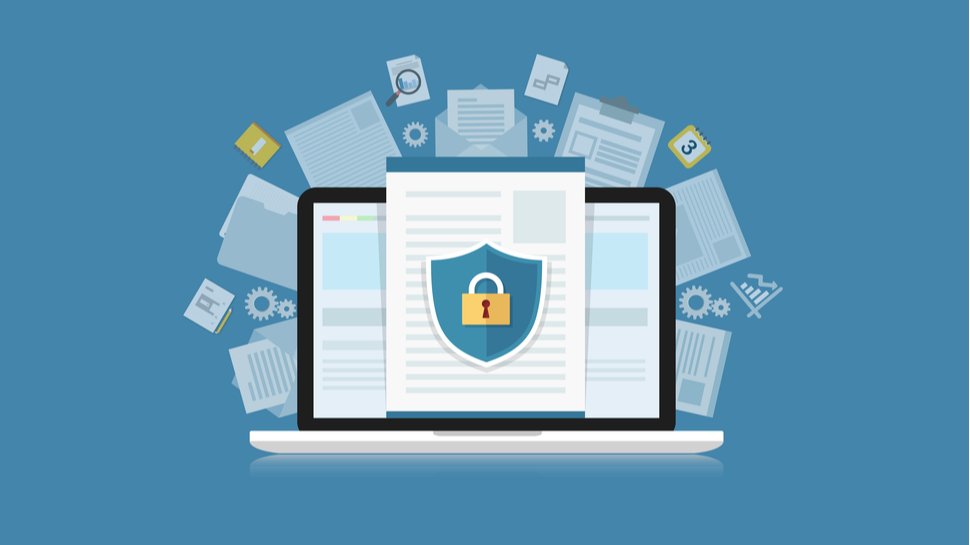How to identify and prevent procurement fraud
There are always red flags to procurement fraud

Wherever money is found, there is fraud. That’s why the risk of a business experiencing fraud within the procurement function is especially high.
Over 50 percent of businesses admitted to being the victim of fraud in 2022, according to a survey by PwC. This is a record amount.
With procurement processes often being long, complex and subject to external influence, the chances of fraudsters exploiting vulnerabilities are high.
The risks incurred by procurement fraud can be anything from financial loss for the company, scrutiny and sanctions of the government, reputational damage, and even health and safety risks to the public when products are procured for distribution that are significantly below the quality advertised.
So how can companies protect themselves against rising instances of procurement fraud and what should they do if the alarm is raised?
Defining procurement fraud
Like all types of fraud, the focus is on deception. Procurement fraud – or ‘purchasing fraud’ – relates to when the process of acquiring goods or services is manipulated or diverted by malicious actors.
Vulnerabilities, that criminals are quick to exploit, can open at any point (or multiple points) in the procurement process when best practices aren’t followed. And fraud of this kind can risk the reputation of a business, its staff, and have serious consequences for its capital and ability to trade.
The financial costs can be staggering. Research has suggested 40 percent of businesses lose between €150,000 and €400,000 each year to purchasing scams.
What’s more, there are legal consequences of manipulating business deals. Several national and international regulations exist to ensure fair and legal procurement practices, with large fines being dealt for non-compliance.
Public harm is also a consideration, with products that have been mis-sold potentially putting users in danger. This can make the financial penalties and reputational damage even greater.
Procurement fraud covers a range of criminal activities that share a single motive – to manipulate business trade agreements for financial gain.
Jack Macfarlane is h of DeepStream Technologies.
Common methods include:
- Invoice scams where a scammer sets up a fake company and sends illegitimate invoices for goods that haven’t been agreed or delivered. Quick payment is often encouraged using scare tactics and threats.
- Fake vendors, like invoice scams, but on a larger and long-term scale where a series of invoices are raised and paid.
- False accounting where business finances are purposefully unclear or untraceable, due to the actions of a single employee for personal gain or at an organizational level.
- Kickbacks where an employee or a group of employees use false or inflated invoices to channel money into chosen organizations with the intention of earning a cut as commission.
- Bid rigging where market competitors work together to win trade, through manipulating prices, eliminating competition, or limiting the pool of supplier bids to form a monopoly.
Detecting procurement fraud
As they say, there is no smoke without fire. And when it comes to purchasing fraud, there are clear red flags to look out for.
The signs include inflated vendor prices above the market rate, limited competition, suspicious patterns in winning and losing bidders, close relationships with between the procurer and winning bidder, contracts awarded to unexpected bidders, discrepancies between contracts and delivered services, and a single employee managing the entire contract process.
If any red flags are detected, then procurement fraud may be taking place. Organizations should launch an investigation and put together a case to review the company’s finances and any suspicious vendors or contracts, working with external support.
Protecting against procurement fraud
Swift action is vital if procurement fraud is suspected or detected. But being proactive to stop it occurring in the first place is the best way to avoid becoming a victim.
There are several ways organizations can protect themselves against procurement fraud.
Education and awareness are perhaps the best weapons in a business’s arsenal to combat purchasing fraud. It should involve comprehensive and regular training on invoicing and finance procedures, and what the red flags look like. This casts a wider net on potential scammers and makes identifying suspicious activity easier.
Companies should also examine long-term supplier relationships closely. Vendors can encourage or pressure fraudulent activity when working with a single employee. This can be avoided by delegating responsibilities across vendor relationships, with multiple procurement staff being assigned to each supplier.
Regular reviews should be carried out without fail. These should involve frequent assessment of invoices and the promotion of effective and clear documentation processes that uncover inconsistencies and errors at the earliest opportunity. This, in turn, will create a culture of transparency and accountability, making fraud more difficult to carry out.
Digitising the RFx process is the best way organisations can achieve greater transparency. E-procurement technology can provide the visibility needed to manage and monitor the entire source-to-contract process between all parties involved without extra resources.
With accurate and real-time data, procurement fraud can be detected and investigated before any impacts are felt – reducing a business’s risk exposure.
Are you a pro? Subscribe to our newsletter
Sign up to the TechRadar Pro newsletter to get all the top news, opinion, features and guidance your business needs to succeed!
Jack Macfarlane is Founder and CEO of DeepStream Technologies.